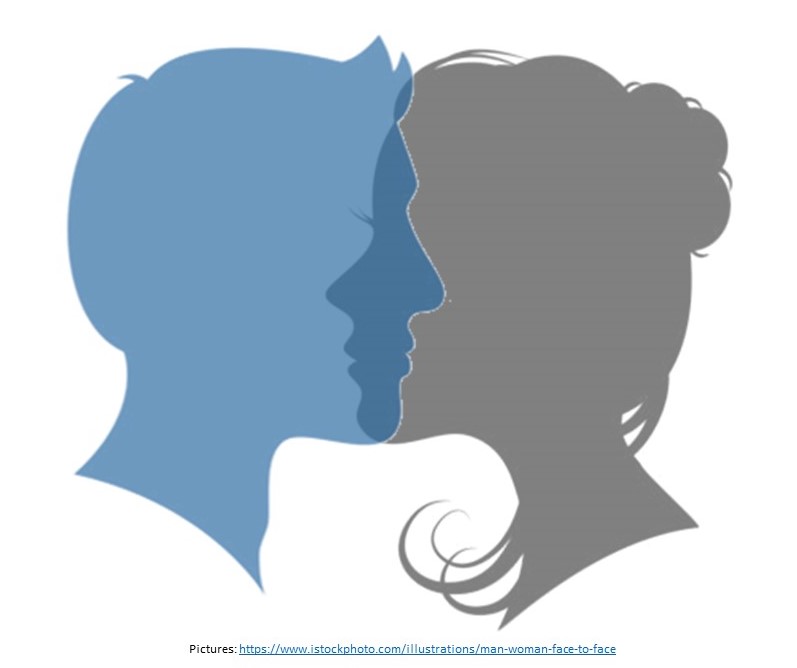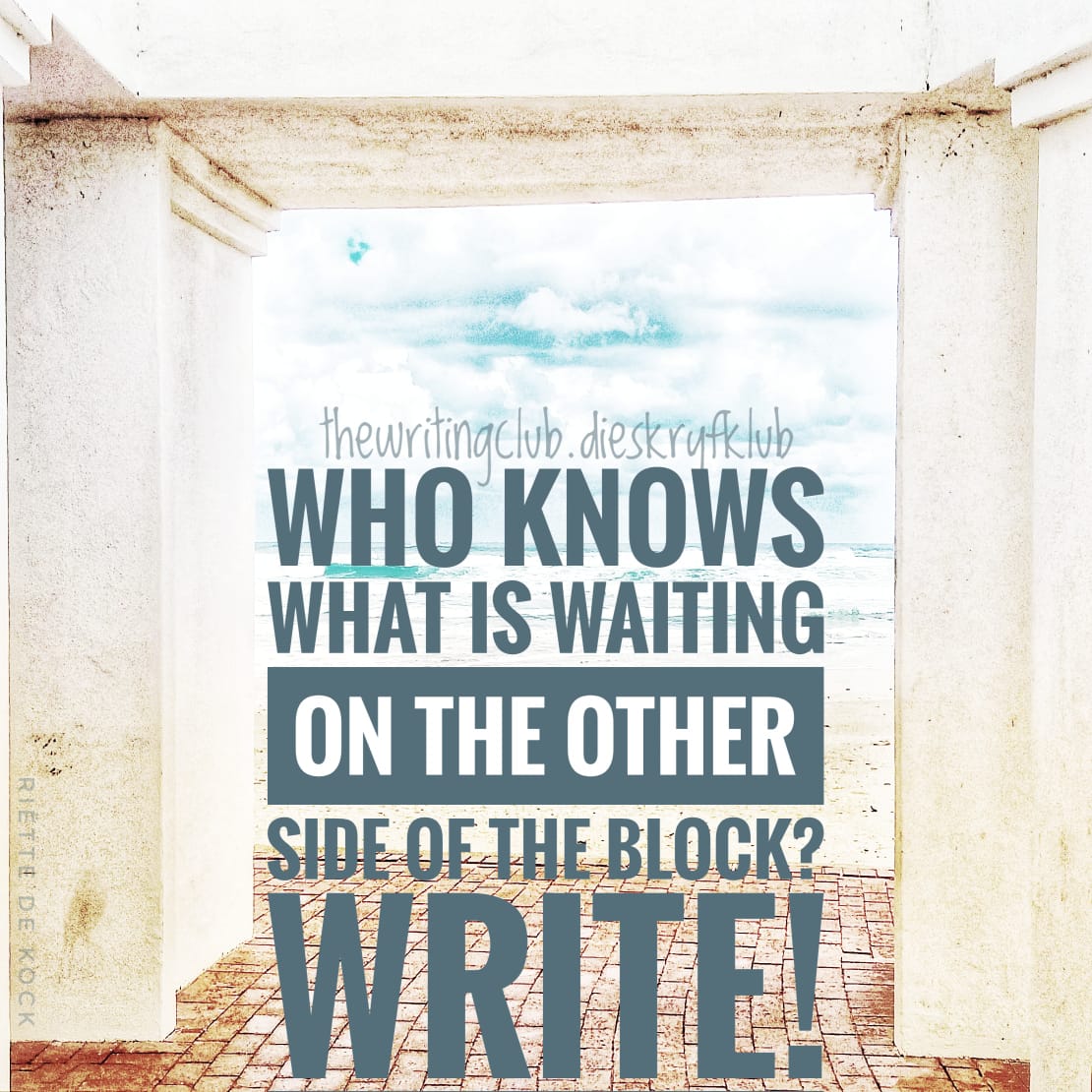We all know that way back in history when women was prohibited to do certain jobs, they had to improvise if they really wanted to follow their passion. Men played female parts in plays written by men and if women wanted to write books and not be stereotyped for writing ‘silly lady novels’, they had to write under male pen names – which many did. We now know that George Elliot was in fact Mary Ann Evans and that the Brontë sisters – Charlotte, Anne and Emily – became Currer, Acton, and Ellis Bell.
What is less known is that men sometimes had to do the same. In this day and age, men are branded by another form of stereotyping, and publishing in certain writing genre is frowned upon for male authors. Although it is not such a general phenomenon, it happens and when scratching under the surface of the publishing industry, there are quite a few surprising male names popping up with female pseudonyms.
10 Dav Pilkey a.k.a. Sue Denim
Pilkey grew up struggling with learning disorders such as ADHD and dyslexia. What he didn’t have problems with, was drawing and imagining fantastical stories. He became known as author and illustrator of the Dog Man children’s graphic novels and the Captain Underpants series – starring characters which created themselves in his young mind when he was repeatedly dismissed from class in school and spending many hours in the hall – drawing. His books were translated into many languages and millions of copies were sold worldwide. Although he used the male pen names, George Beard and Harold Hutchins (two of the characters’ names in his Captain Underpants series) for his Captain Underpants spin-offs, he chose a female name – Sue Denim – for the Dumb Bunnies series published between 1994 and 1997.
He even posed for photographs as Denim, created a fake persona for her and included a list of imaginary titles written by her in her biography. She was so popular that she sometimes got more fan mail than Pilkey himself. The reason why he chose the name Sue Denim? Because when said quickly, it sounds like pseudonym. Duh!
9 Dan Brown a.k.a. Danielle Brown
Dan Brown has built a cult-like following with his well-known best-selling books, The Da Vinci Code and Angels and Demons, which were adapted into movies, with Tom Hanks portraying his protagonist, Robert Langdon. In 2018 Brown was listed the fifth highest-paid author after James Patterson, J.K. Rowling, Stephen King, and John Grisham.
Although now a writer of coding- and symbolism-themed novels – probably coming from his years of spending time in the presence of his mathematics professor/writer father – Brown’s writing career started off with a totally different kind of book, co-written with his then wife, Blythe (nee Newlon). The book 187 Men to Avoid was a dating survival guide for women searching for ‘Mr. Right’ and it was published in 1995 under the pseudonym Danielle Brown.
8 Martyn Waites a.k.a. Tania Carver
Martyn Waites became a successful writer after trying his hand at anything from bartending to acting. Books from his various series normally has an investigative journalist at the helm.
When a former editor of his work was looking for a ‘British version’ of Karin Slaughter or Tess Gerritsen-type writing, Waites replied that he was the best ‘man’ for the job. When not being able to find his female voice in writing, he regularly consulted his wife for advice – so much so, that he made her co-author, and the pair has been penning novels together since 2009. Their Tania Carver novels consist of the Brennan & Esposito series, including novels such as The Surrogate and The Lost Girl.
7 Tom E. Huff a.k.a. Jennifer Wilde
Texan born Thomas Elmer Huff (1938-1990) found his female writing voice quite early in his career and has only one book published under his real name. He started out writing gothic novels under the pen names such as Edwina Marlow, Beatrice Parker, T. E. Huff and Katherine St. Clair. But it was as Jennifer Wilde that he really made his mark. These historical novels were written in the first person from the heroin’s perspective and many featured multiple male protagonists.
His first Jennifer Wilde novel, Love’s Tender Fury, had 41 reprints in the first five years, and his second, Dare to Love, topped the New York Times paperback bestseller list for 11 weeks. He didn’t plan to keep on writing under the Wilde pseudonym, remarking that he didn’t relate to her, so he published a novel as Tom E. Huff, but continued writing as Jennifer Wilde anyway. Various previous novels were re-edited under the Tom E. Huff name.
6 Peter O’Donnell a.k.a. Madeleine Brent
Peter O’Donnell was a comic strip artist and writer, who had also adapted Ian Fleming’s 007-movie Dr. No into a comic strip for the Daily Express newspaper. But it was his James Bond-ish comic strip character, Modesty Blaise, published in The London Evening Standard from 1963 to 2001, which brought him fame. He went on to write 20 Modesty Blaise novels. A movie was adapted and is available on You Tube.
His writing under a female name started in 1969 when Souvenir Press requested O’Donnell to write a Gothic novel. He sent in four chapters but received no feedback. Much later an American publisher contacted him to complete the novel, causing a predicament as he didn’t know how the story would end. He persevered, but because it was written for a female readership, he adopted a female pen name. The novel, Tregaron’s Daughter, was a success in the US and Europe and many more followed. In the 20 years of correspondence, his American publisher never knew that he was male. He got his wife to sign his letters as to give his signature a female touch. His pseudonym – Madeleine Brent. The same initials as Modesty Blaise.
5 Nicci Gerrard and Sean French a.k.a. Nicci French
Nicci French is the combined pen name for another married couple Sean French and Nicci Gerrard. Although each had their own separate writing success, the pair decided to start writing as a duet and is doing it already for 24 years. They met while working together at The Statesman magazine, where Sean was a columnist.
Sean’s solo books include three novels, three biographies and a compilation of essays. Nicci has written nine books, including the non-fiction book, What Dementia Teaches Us About Love.
Their first novel together was The Memory Game and they have since written 27 more, including the eight-book Frieda Klein-series. They have also written a picture book, The Fox and the Wolf.
How do two authors of different genders designate themselves as one writer? In their own words from an interview: “We hope that people read our books not as an experiment but as the work of this one particular writer, Nicci French, who has her own imagination and her own strange talent which is different from either of us.” They certainly have convinced me!
4 Roger Sanderson a.k.a. Gill Sanderson
Already surviving for 114 years and selling a book just about every 10 seconds, makes Mills & Boon books extraordinary and chances are that every adult woman in the Western world has read at least one of these books in her lifetime. The company started by Gerald Mills and Charles Boon in 1908 has served as escapism reading for women – created by women. Well, mostly. Throughout Mills & Boon’s history, only a few men have tread where no man normally does – and with surprising success.
One such man is Roger Sanderson, a retired English lecturer, who wrote the Commando comic series, where after he started writing romance novels with his wife – written under her name. He became so good at it that he pursued this writing genre by himself. He wrote more than 40 Mills & Boon novels and has also written for various publishers, such as STAR and Hale, and is currently writing for Accent as Gill Sanderson and for Desert Breeze under his own name.
3 Benjamin Franklin a.k.a. Mrs. Silence Dogood and others
When young James Franklin started a journal with the goal to criticize the Massachusetts colonial government and religious establishment, he couldn’t foresee that he would be stood up by his little bro, Ben. Fourteen letters by a minister’s widow, called Silence Dogood, became quite a hit and wasn’t exactly what James and his band of Couranteers or Hell-Fire Club had in mind. When admitting that he wrote the letters, Benjamin Franklin was accused of vanity by his brother.
His brother’s critique didn’t prevent Benjamin Franklin from writing under pen names though. The man who would later help draft the Declaration of Independence of the United States of America, wrote letters as both men and women throughout his life, but it was his female personas – Martha Careful, Busy Body, Alice Addertongue and Polly Baker – with whom women could relate, giving them a voice and fighting their causes. Indeed, a man ahead of his time in the eighteenth century!
2 Dean Koontz a.k.a. Deanna Dwyer and Leigh Nichols
Dean Koontz’ books are highly in demand with collectors, which led to many instances of fraud and hoaxes as pseudonyms/novels/letters and other works are accredited to him which are not his. He used the male pen names W.H. Allan, David Axton, Brian Coffey, K.R. Dwyer, John Hill, Anthony North, Richard Paige, Owen West and Aaron Wolfe – as well as his real name. One of his pseudonyms was used for an episode called Counterfeit, that he penned for the TV series, CHiPs. It was edited to the extent that he asked that it was attributed to his alias Brian Coffey, instead of his own name. He also wrote under two female pseudonyms – five books under the names Deanna Dwyer and Leigh Nichols respectively.
Koontz sold his first short story he wrote and then he received more than 75 rejection letters before selling more work. His first four novels were never published. He reads more than 150 books per year and revises every page he writes twenty to thirty times. He has an excellent sense of humour – evident in the answers to his FAQs on his website.
1 Jorge Diaz, Antonio Mercero and Augustin Martinez a.k.a. Carmen Mola
The female thriller writer Carmen Mola had been called “Spain’s Elena Ferrante” (pseudonym of Italian translator/novelist Anita Raja). Mola’s books, translated into eleven languages, had become so popular, thereby accumulating many accolades. In 2020, a branch of Spain’s Women’s Institute listed her book, The Girl – part of a trilogy – as a must-read book by a woman that “help us understand the reality and the experiences of women.”
Rumours were that Carmen Mola was the pen name for a male writer, needing to write under a different name. So, when ‘she’ won the prestigious Planeta prize – the richest literary award – for the book La Bestia, (The Beast) written under the pen-name Sergio López and she had to attend a ceremony attended by the Spanish king to receive her prize, the audience was stunned when three men – Jorge Diaz, Antonio Mercero and Augustin Martinez – took the stage.
The scriptwriters trio is widely criticized by gender groups for writing as women about women issues, but Mercero reply was simply: “We didn’t hide behind a woman, we hid behind a name,”
Read more of my list articles here.
© 2022 Fielies De Kock
Fielies De Kock is a freelance content writer/blogger (www.fieliesdekock.com) living in Hermanus in the Overberg, South Africa, with her crazy-haired husband and two dogs. She authored a children’s chapter book and a few short reads and is co-author of 125 Creative Writing Prompts for Petrolheads (available on Amazon Kindle) with her content writer son – who also has crazy hair.

























